Search Results for Tag: ice
Antarctic Peninsula is thawing faster
Ice in parts of the Antarctic Peninsula is now melting during the summer faster than at any time during the last thousand years, according to new research results. The scientists have reconstructed changes in the intensity of ice-melt, and the mean temperature on the northern Antarctic Peninsula since AD 1000, based on the analysis of ice cores.
According to the study, published in the journal Nature Geoscience, the coolest conditions and lowest melt occurred from about AD 1410 to 1460, when mean temperature was 1.6 °C lower than that of 1981–2000. Since the late 1400s, there has been a nearly tenfold increase in melt intensity from 0.5 to 4.9%. The warming has occurred in progressive phases since about AD 1460, but the melting has intensified, and has largely occurred since the mid-twentieth century. The study concludes that “ice on the Antarctic Peninsula is now particularly susceptible to rapid increases in melting and loss in response to relatively small increases in mean temperature”.
Paul Brown of Climate News Network says the findings explain a series of sudden collapses of ice shelves in the last 20 years, which scientists studying them had not expected. He also quotes the researchers as saying the current melting could lead to “further dramatic events, making the loss of large quantities of ice on the Peninsula more likely, and adding to sea level rise”.
The study is also of interest against the background of the debate going on over the last 20 years on whether the Antarctic would gain mass through extra snow falling and so REDUCE sea level rise, or would lose ice because of higher sea and air temperature and so exacerbate the effect.
The scientists use a 364-metre ice core from James Ross Island to get in insight into both past temperatures and ice melt. Layers in the core show periods when summer snow on the ice cap thawed and then refroze. By measuring the thickness of the layers, they could tell how the history of the melting related to changes in temperature at the site over the last thousand years.
Lead author Dr. Nerilie Abram of the Australian National University and the British Antarctic Survey (BAS) said: “Summer melting at the ice core site today is now at a level that is higher than at any other time over the last 1,000 years. And whilst temperatures at this site increased gradually in phases over many hundreds of years, most of the intensification of melting has happened since the mid-20th centrtury.
Dr. Robert Mulvaney from the BAS, who led the drilling expedition and co-authored the paper said: “Having a record of previous melt intensity for the Peninsula is particularly important because of the glacier retreat and ice shelf loss we are now seeing in the area. Summer ice melt is a key process that is thought to have weakened ice shelves along the Antarctic Pensinsula leading to a succession of dramatic collapses, as well as speeding up glacier ice loss across the region over the last 50 years”.
The changes on the Antarctic Peninsula do not necessarily apply to other parts of Antarctica, such as the West Antarctic ice Sheet. Melting is also occurring there and could have an even greater risk of large-scale sea level rise.
Paul Brown from Climate News Network notes “it is not clear that the levels of recent ice melt and glacier loss in West Antarctica are exceptional or are caused by human-driven climate changes.”
Lead author Abram says: “This new ice core record shows that even small changes in temperature can result in large increases in the amount of melting in places where summer tempearatures are near to 0°C, such as along the Antarctic Peninsula, and this has important implications for ice instability and sea level rise in a warming climate”.
I interviewed Andrew Shepherd, Professor of Earth Observation at the British University of leeds, on a major satellite sutdy of the polar ice melt towards the end of last year. It makes interesting listening to complement this latest development:
Interview with Andrew Shepherd
See also:
Polar ice sheets melting faster than ever
Are warming seas changing the Antarctic ice?
Photo gallery: High season for Antarctic researchers
No Arctic Council meeting for Greenpeace North Pole trekkers
A group of young campaigners have been trekking to the North Pole this week, as part of the Greenpeace campaign to “Save the Arctic“. There are 16 people in the group, including four international youth ambassadors : Hollywood actor Ezra Miller, two Arctic Indigenous representatives and a young man from the Seychelles . I was hoping to be able to report here on the Ice Blog that they had met with members of the Arctic Council who were also to visit the North Pole this week. But for reasons yet to become clear, the meeting didn’t happen.
One of the explorers, Josefina Skerk, a 26-year-old member of the Sami Parliament in Sweden, had sent a letter to Gustaf Lind, Swedish chair of the Arctic Council’s Senior Arctic Officials, requesting a meeting with the Arctic officials, when they heard they would be at the North Pole at the same time. Mr. Lind apparently accepted the invitation, but the meeting did not take place. There is an amazing multimedia website for the project, where you can follow the expedition and find out about the trekkers and their motives: Into the Arctic. One of the girls says her hands are freezing but her blood is boiling because the meeting didn ‘t work out. But you can see and hear all that for yourselves on the site.
The activists say “no one nation should own the Arctic or be allowed to exploit the melting Arctic sea ice, a crisis created by climate change, for more of the fuels that caused the melt in the first place”. The trekkers are carrying with them a time capsule that contains a declaration with 2.7 million signatures calling for the Arctic to be made a global sanctuary. Greenpeace says they plan to lower the capsule and a ‘Flag for the Future’ through 4.3 km of freezing water to the seabed beneath the North Pole.
Some of those signatures were collected here in Bonn, as reported on the ice blog and DW radio and online pages at the time:
Climate affects birds in Arctic Alaska
A new report from the Wildlife Conservation Society (WCS) finds that several species of birds which breed in the Arctic are vulnerable to climate change impacts between now and 2050.
The report looked at 54 species and found that two, the gyrfalcon and the common eider are likely to be “highly” vulnerable to expected impacts. Seven species would be “moderately” vulnerable, and five species are likely to increase and benefit from a warming climate.
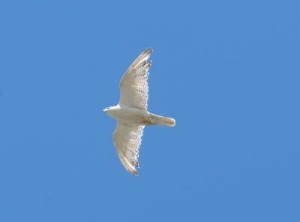
This is a Gyrfalcon — one of two species found to be highly vulnerable to future climate change impacts in Arctic Alaska.
Credit: Steve Zack/ WCS
Arctic Alaska provides some of the most important breeding and stopping grounds for millions of birds from around the world. The region is also warming much faster than the rest of the globe.
The report, Assessing Climate Change Vulnerability of Breeding Birds in Arctic Alaska, co-authored by WCS Scientists Joe Liebezeit, Erika Rowland, Molly Cross and Steve Zack, details in-depth vulnerability assessments conducted on 54 species to help guide wildlife management in the region. The project was aided by the participation of more than 80 scientists who are experts on the species. The authors note that the assessments looked exclusively at the impacts of climate change experienced by breeding birds in Arctic Alaska, and not in other parts of their range.
“The primary value of this assessment is to tease out the underlying factors that make species more or less vulnerable to climate change,” said WCS Conservation Scientist and report co-author Joe Liebezeit. “Through this effort we can begin to prioritize subsequent management actions and identify data gaps. The results represent a starting point to help prioritize management actions and conservation planning efforts.”
The vulnerabilities were assessed using software developed by NatureServe that combines expert opinion of the sensitivity of a species to climate change (including traits like physiological tolerance to temperature change) and geospatial datasets of external factors including projected temperature and moisture changes across northern Alaska.
As Coordinator of the Arctic Landscape Conservation Cooperative, Greg Balogh looks at climate-driven changes. “This assessment tool melds computer modeling with expert opinion in a way not often realized,” said Balogh. “The insights and graphic depictions of climate change winners and losers is a real eye-opener. Land and resource managers would do well to pay attention to products like this as they think about how they conduct business in the future.” Among the commonalities seen among the more vulnerable species was a strong orientation to the coastline exposing them to climate-related changes in coastal disturbances linked to storms, erosion and ice cover. Generalist species (those that can adapt to a wide variety of conditions) were less affected and, in some cases, predicted to thrive in a warming climate.
Despite the extensive assessment carried out, the authors acknowledge that there is more work to be done.
“Our results tell only part of the climate change story for these species,” said WCS Conservation Scientist and report co-author Erika Rowland. “For example, several species rely on wetland habitats, which may dry out or shift locations in response to warming. Also, many species winter in places outside of Alaska and so climate change information from other regions will ultimately need to be woven into our understanding of vulnerability in Arctic Alaska for conservation planning and management.”
George Divoky, an ornithologist and climate observer who monitors black guillemots breeding on Cooper Island off the coast of Barrow, Alaska, the northernmost point in the USA, has also been telling me how changes in the sea ice have been making life difficult for “his” birds this year. The ice has been breaking up massively and very early in the season.
“Having the ice be breaking up this early and to such an extent could mean that there will be open water north of Cooper Island much sooner than normal. If the ice is well offshore when guillemot eggs hatch in July, then parent birds will have a tough time finding food for young. In the short term it could also mean I will have problems getting out to the island by snow machine in early June.” There is more from George on the Friends of Cooper Island site.
More information on the current state of the Arctic ice, including fascinating videos on the NASA website.
Melting Arctic ice and Europe’s freezing March
It has been an extremely cold start to spring here in Germany and other parts of the European continent this year. Parts of Scotland have been snowed under and lost their electricity supplies. For once, I haven’t had people saying “so much for global warming” etc. Could it be that a majority of people are realising that climate change does not mean a straight, linear, rise in temperature everywhere?
Scientists from the Potsdam Institute for Climate Impact Assessment (PIK) have drawn my attention to a report back in 2010 by Vladimir Petukhov from that organisation indicating that the shrinking Arctic ice (as a result of climate warming) can disturb air streams and change air pressure. This means a higher probability that Europe will get warmer winters more often. Of course there are always various factors involved, but other studies in the past three years have come to similar conclusions.
It may seem like a paradox, but yes, global warming could well be a major factor in bringing us these cool temperatures.
Let me just give you a link to a summary of “Global Warming could cool down temperatures in winter“.
- Spring picnic perhaps? Close to my office. It has melted now, but there is an ICY wind from the north-east.
Earth Hour, Vancouver and the Arctic
WWF has named the City of Vancouver in Canada as the first ever “Global Earth Hour Capital“. The city was awarded the distinction for its “innovative actions on climate change and dedication to create a sustainable, pleasant urban environment for current and future residents.” It is encouraging to see a Canadian city getting this climate award at a time when Canada is about to take over leadership of the Arctic Council and appears to be pushing hard for the economic development of the Arctic region. At the same time, the country’s glaciers are melting fast.
WWF writes:” Vancouver has been recognised by the jury for its ambition to be global leader on climate-smart urban development in spite of low national ambitions.” Those ambitions refer to the Canadian government’s lack of commitment to binding climate protection targets.
Well done to the City of Vancouver for making its own efforts to promote climate action and to reduce its carbon footprint. The activities include making new buildings carbon-neutral, encouraging people to make more than half their trips on foot, on their bicycles or by public transport. The city also wants to double the number of green jobs.
![]() read more
read more







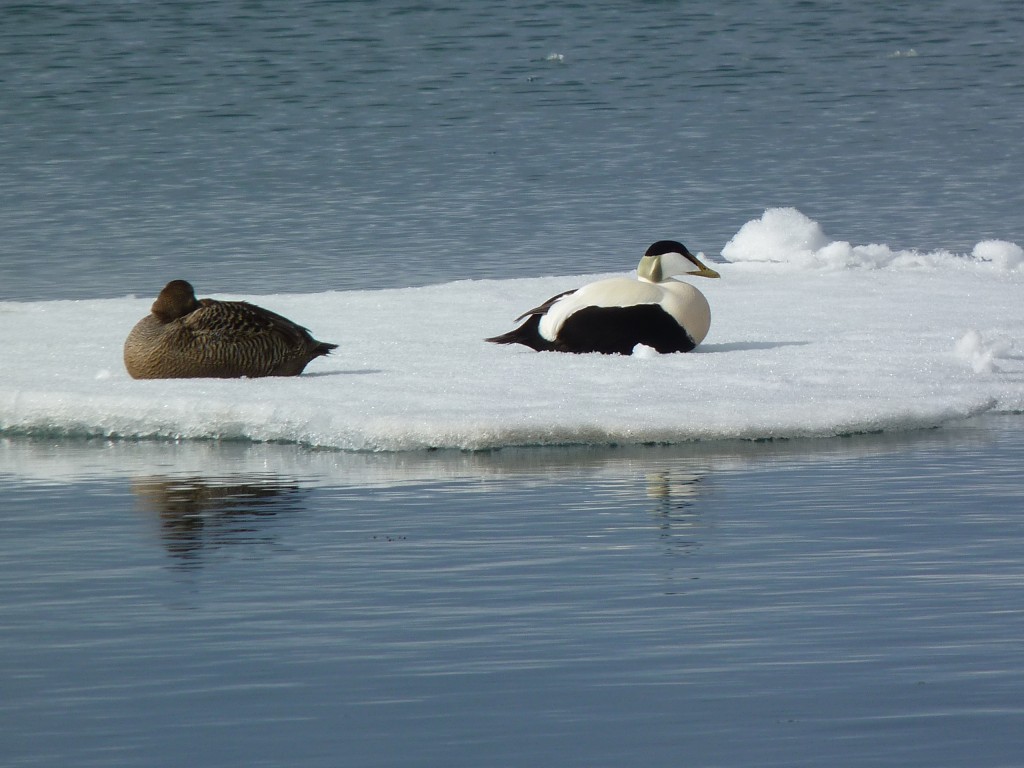
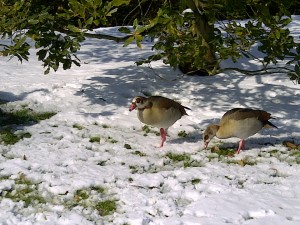
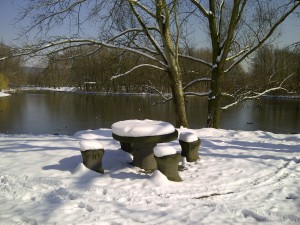
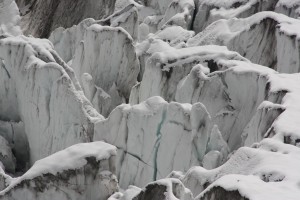
















Feedback